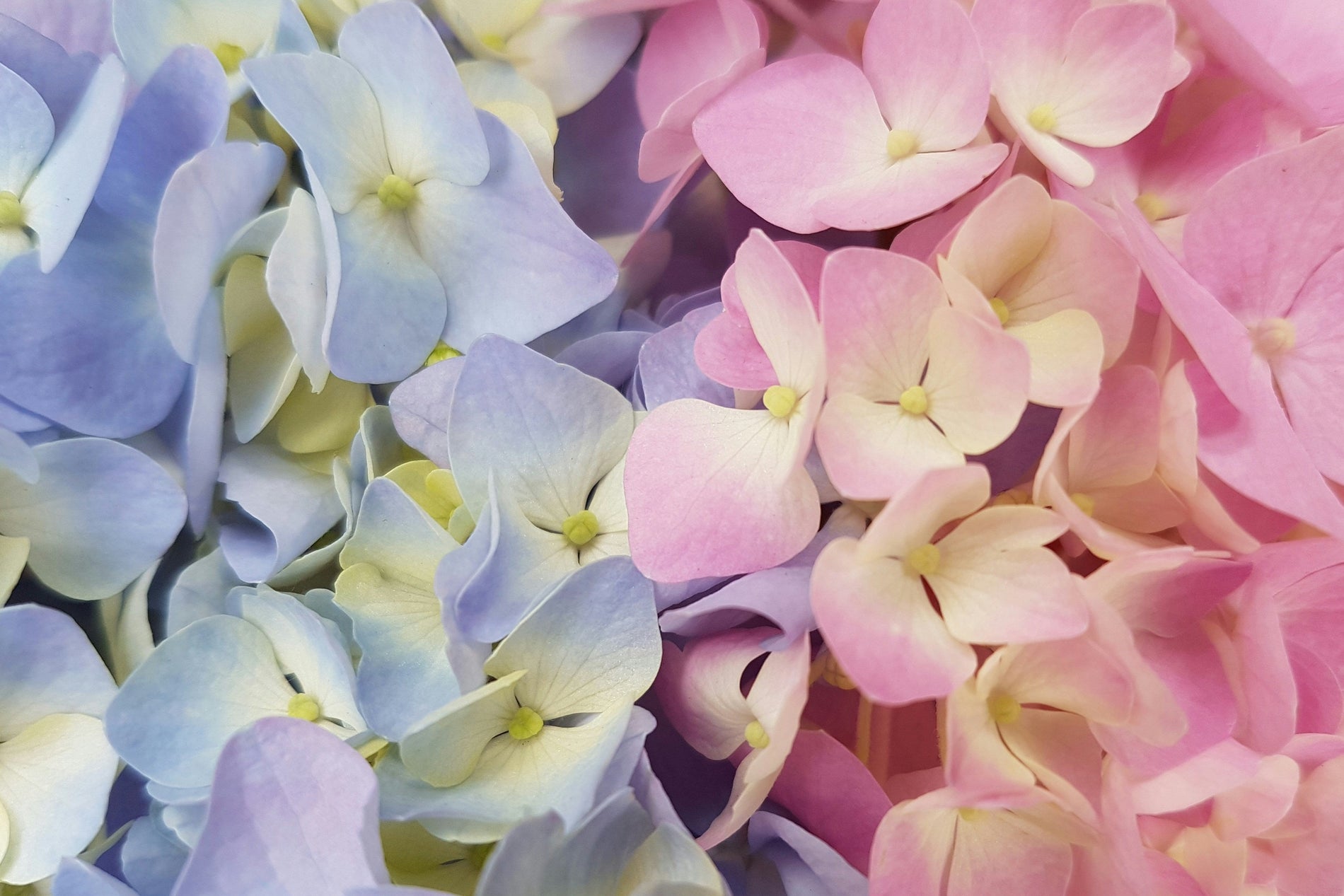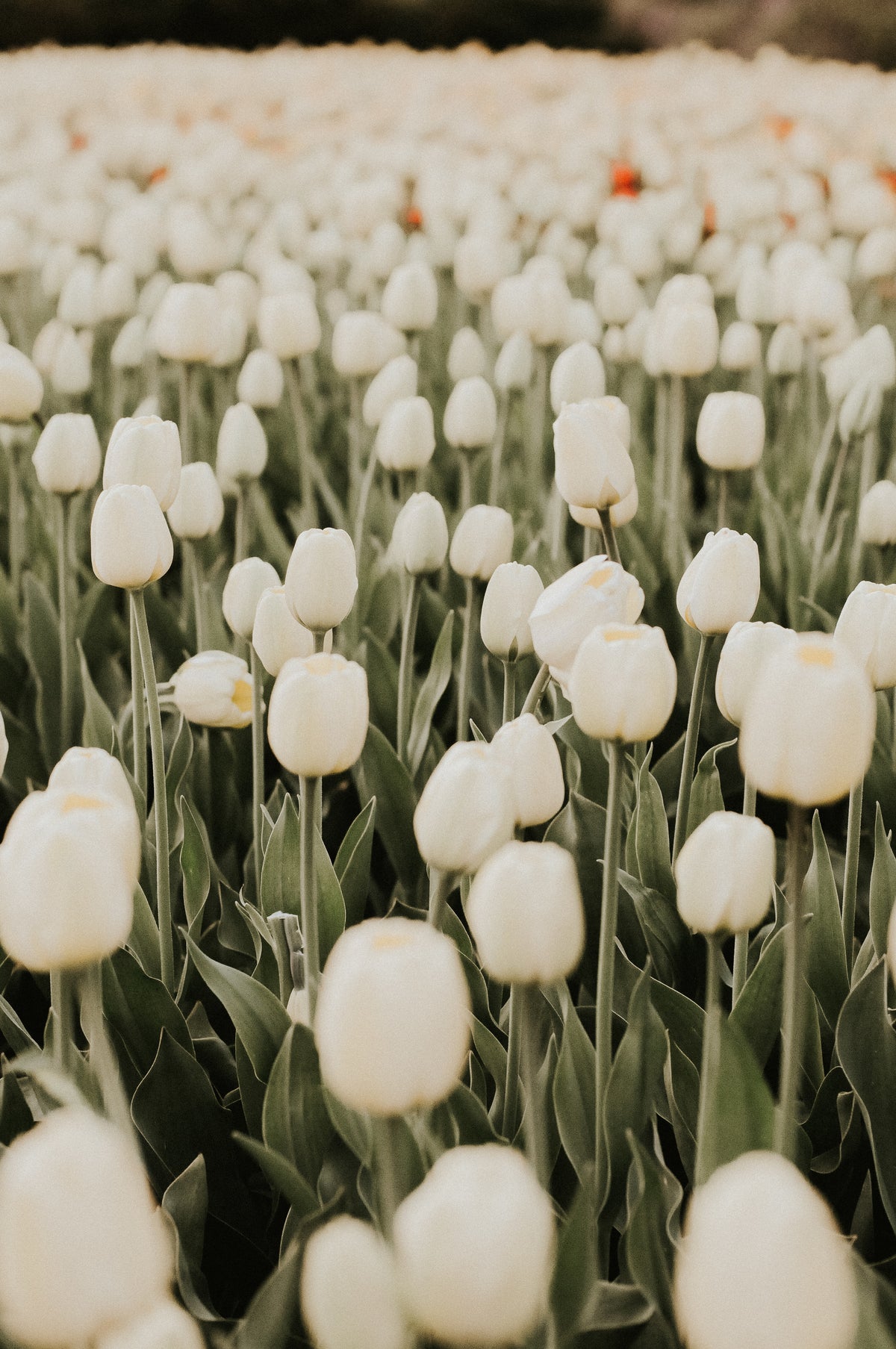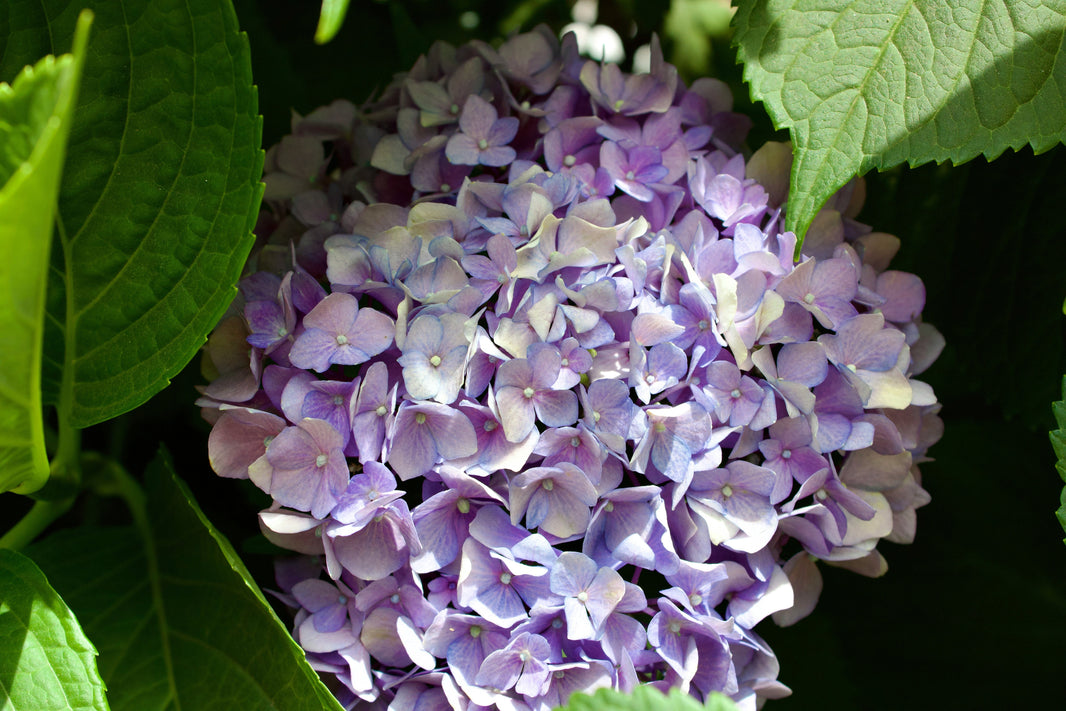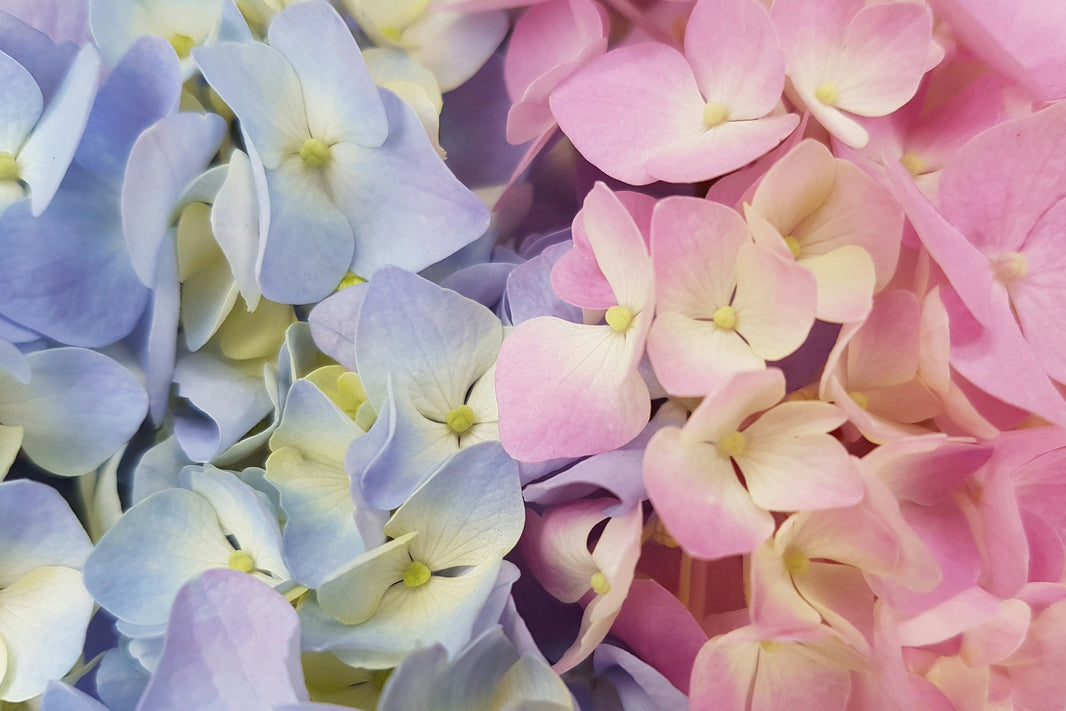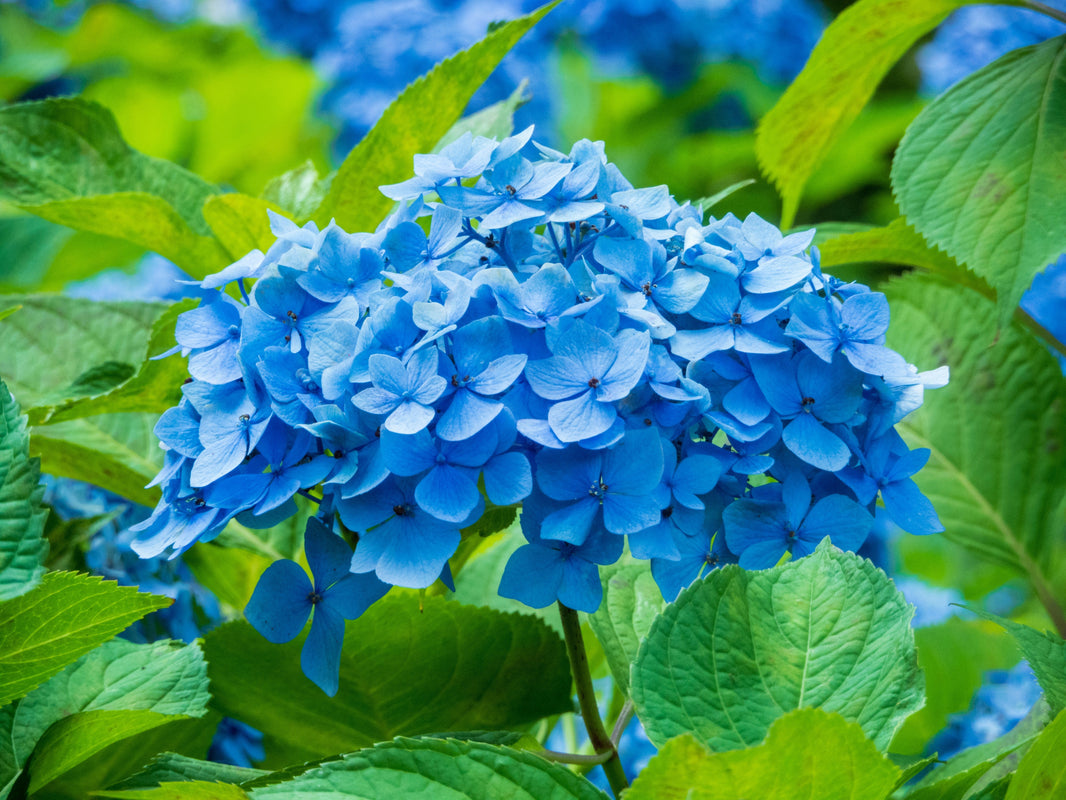Flowers are at the heart of every wedding. They add color, texture, fragrance, and meaning to your big day. Among the most popular choices for floral arrangements are hydrangeas and roses—both beautiful, timeless, and full of symbolic value. But when it comes down to floral pricing, which of these two heavyweights is more cost-effective?
Couples often face the classic question: are hydrangeas more expensive than roses for weddings? At first glance, roses seem like the luxury flower—synonymous with romance and often seen in upscale arrangements. Hydrangeas, with their voluminous clusters, look extravagant but may appear more budget-friendly due to their fullness. The truth is, the answer isn’t quite as simple.
Each flower brings different advantages in terms of pricing, coverage, longevity, and visual effect. While roses are typically priced per stem and have a smaller bloom area, hydrangeas cover more space with a single head—meaning you might need fewer stems to achieve the same fullness in an arrangement.
That said, the answer to the hydrangea vs rose cost debate ultimately depends on several factors: the variety, the time of year, the region, and the supplier. Some types of roses are more affordable than premium hydrangeas, and vice versa. Also, seasonal availability plays a massive role in how much you’ll end up spending.
Another consideration is how each flower fits into your overall design. Roses might be better for certain bouquet styles, while hydrangeas may be preferred for centerpieces or larger installations. Understanding where each fits in the budget allows you to plan smarter, especially if you’re doing some DIY arrangements.
To help you make an informed decision, this blog post offers a comprehensive wedding flower comparison of hydrangeas and roses. From individual costs to design versatility, we’ll break down everything you need to know—so you can choose the flower that aligns best with your wedding vision and budget.
Understanding the Cost per Stem
When evaluating the floral pricing of hydrangeas and roses, the first place to start is cost per stem. This basic metric gives you a sense of what each flower will add to your floral budget on an itemized level. However, price per stem doesn’t tell the whole story.
On average, a standard hydrangea stem ranges from $2 to $5, while specialty varieties like Dutch or novelty hydrangeas may cost upwards of $6 to $9 per stem. Their appeal lies in their size: each bloom has a large, puffy head that can fill substantial space in arrangements with fewer stems.
Roses, on the other hand, typically cost $1.50 to $4 per stem for standard varieties. Premium or garden roses, including the much-loved David Austin roses, can fetch anywhere from $5 to $10 per stem. While generally smaller than hydrangeas, roses make up for size with elegance, scent, and sophistication.
Because hydrangeas cover more space per bloom, many florists recommend them for voluminous arrangements like centerpieces or ceremony arches. If one hydrangea replaces three or four roses in terms of visual coverage, then it may seem more cost-effective despite the higher per-stem price.
However, pricing also varies by color and availability. White and pink roses are often more affordable than blue or lavender ones, just as blue hydrangeas may cost more than white due to demand and production requirements. If you’re choosing colors based on theme, this can impact your overall budget.
It’s also worth noting that wholesalers and bulk flower providers often offer discounted rates for both roses and hydrangeas when purchased in volume. Buying directly from a source like WholesaleFlowers.net allows couples to access lower prices and better control over budget allocation.
Another factor in per-stem pricing is stem length. Roses come in several lengths (usually 40–70 cm), with longer stems commanding higher prices. Hydrangeas, being large by nature, typically don’t vary much in height, which means their cost is more consistent.
Ultimately, if you’re looking at cost per stem alone, roses may appear cheaper—especially if you stick to basic varieties. But when evaluating how many stems you need to achieve a desired look, hydrangeas might offer better coverage value.
In the next sections, we’ll explore where each flower truly shines—from bouquet value to event coverage—and help you determine which is better for your unique wedding setup.
Volume and Visual Coverage Value
When comparing hydrangea vs rose cost, it’s essential to move beyond price per stem and consider how much visual space each flower occupies. One of the key benefits of hydrangeas is that they offer remarkable volume, making them especially valuable in large-scale decor.
A single hydrangea stem can span 6 to 10 inches across when fully bloomed. This means one flower can fill the space of three to five roses. For centerpiece arrangements, this is a game-changer. It allows florists or DIY decorators to use fewer stems, reducing the overall quantity needed to achieve a full, luxurious look.
By contrast, roses—especially standard or spray roses—offer less spatial coverage. You may need three to five roses to match the size of one hydrangea bloom, which increases your total floral count. While this isn’t a dealbreaker, it becomes significant when you multiply it across ten or twenty tables or multiple ceremony features.
In altar or arch decor, hydrangeas serve as filler and feature flower alike. Their dense blooms create a plush, cloud-like texture that acts as a backdrop to more intricate flowers like roses or lilies. Their ability to anchor an arrangement means you can strategically insert them at key visual points while reducing the use of more expensive, space-filling flowers.
Hydrangeas also help reduce the need for excessive greenery. Since they already take up so much space, fewer filler materials are needed to complete the arrangement. This savings can indirectly lower your floral pricing, especially when sourcing greenery like eucalyptus or ivy.
Roses excel in tight, compact arrangements or bouquets where detail and symmetry are valued. However, for large-scale installations—arches, floral walls, staircases—roses require more stems, more labor, and more budget to achieve the same fullness that hydrangeas provide naturally.
Additionally, the weight of arrangements affects setup logistics. Using fewer hydrangea stems means fewer support structures and lower installation time—another often overlooked budget factor in event decor planning.
Of course, this doesn’t make roses an inferior choice. They are unparalleled in sophistication and scent. But if your goal is budget efficiency through volume, hydrangeas tend to offer more “bang for your bloom.”
Understanding how each flower performs visually helps couples allocate funds wisely and avoid overspending in areas where smart substitutions can maintain beauty and reduce cost.
Seasonal Pricing Factors
Seasonality is a major determinant in floral pricing, and it can affect the cost of both hydrangeas and roses—sometimes significantly. While both flowers are generally available year-round, certain months yield better quality and lower prices.
Hydrangeas are most abundant in the spring and early summer months. During peak season (May through July), they are easier to source locally and regionally, which reduces shipping costs and improves freshness. Outside of this window, hydrangeas may need to be imported, especially in cooler climates, and this drives up their cost.
Roses, by contrast, benefit from robust global production. Because they are grown in many equatorial regions with stable climates, they are readily available all year. Their international supply chain makes them slightly less prone to drastic seasonal spikes—although special colors or varieties may still command premium pricing during high-demand months.
Weddings that take place near major holidays like Valentine’s Day or Mother’s Day often see a spike in rose prices. These times of year come with increased consumer demand, which can lead to short supply and higher costs for wedding florists trying to secure premium stems.
Blue and antique-tone hydrangeas are more expensive outside of their bloom seasons. If your wedding palette relies heavily on specific shades of blue or lavender, be prepared for seasonal cost adjustments. This can impact how much you’ll pay compared to basic rose colors, which are more stable.
Greenhouse-grown hydrangeas offer a workaround but come at a higher base price. Roses, being more universally grown and handled, may present fewer pricing fluctuations regardless of the time of year.
Understanding when you’re getting married—and what flowers are in peak season—can save you hundreds of dollars. Planning your color palette and floral scheme around seasonal availability is one of the smartest moves for staying within your wedding flower comparison budget.
To make things easier, consider working with suppliers who specialize in seasonal guidance. Platforms like WholesaleFlowers.net often indicate peak availability and suggest affordable alternatives if you’re planning in the off-season.
Seasonal planning is one of the most powerful ways to align beauty with budget. Whether you lean toward roses or hydrangeas, buying in season ensures better quality, easier access, and better value for your investment.
Bouquet Design and Bridal Aesthetics
Bouquets are one of the most personal and photographed floral pieces of the entire wedding day. When comparing hydrangea vs rose cost within the context of bridal bouquets, both flowers bring their own unique advantages and design potential.
Roses have long been the symbol of love and romance, making them a staple in traditional bridal bouquets. They come in a wide range of colors, from soft blush to deep burgundy, allowing for seamless integration into any wedding palette. Their structure lends itself to tight, refined arrangements that photograph well and maintain elegance throughout the day.
Hydrangeas, on the other hand, create an immediate impression due to their size and shape. A bouquet featuring hydrangeas appears fuller with fewer stems, offering a voluminous look without the need to overstuff the arrangement with additional flowers. This trait makes hydrangeas ideal for large, round bouquets or cascading styles that require depth and volume.
In terms of floral pricing, roses are more flexible. If you’re working with a tight budget, you can reduce bouquet size or opt for affordable rose varieties. Hydrangeas may have a higher per-stem price, but you typically need fewer of them—so the total cost may be similar or even lower in some cases.
Roses are also more robust in terms of color consistency and tone. Florists can match shades precisely to other wedding elements, including dresses, linens, and invitations. Hydrangeas, especially blue or antique varieties, may vary slightly in tone depending on soil pH or growing conditions.
Scent is another factor. Roses, especially garden varieties, emit a sweet fragrance that many brides love. Hydrangeas, though beautiful, have a neutral scent, which may be preferred by those sensitive to strong floral aromas.
Durability-wise, roses tend to hold up better in handheld arrangements throughout a long day of ceremonies, photos, and dancing. Hydrangeas can wilt if not properly hydrated, but with good care and water sources, they stay fresh and photogenic.
For cascading or avant-garde bouquets, combining both flowers offers stunning results. The hydrangeas provide fullness, while roses add focal points and detail. This hybrid method gives you the best of both worlds without drastically inflating the cost.
In the end, choosing the right flower for your bouquet comes down to aesthetic goals, handling preferences, and emotional resonance. With thoughtful design, either flower—or both—can elevate your bridal look while staying within your overall wedding floral budget.
Centerpieces and Reception Decor
Centerpieces are central to reception decor—both visually and budget-wise. With multiple tables to decorate, the flowers you choose here will significantly influence your overall floral pricing. Comparing hydrangeas and roses in this context reveals distinct advantages for each.
Hydrangeas are often the go-to for centerpieces that need to look lavish without breaking the bank. Their large, fluffy blooms fill up vase space quickly, meaning fewer stems are needed per arrangement. This leads to fewer materials and less time required for assembly, which can also reduce labor costs.
Roses, on the other hand, are valued for their refined elegance and classic beauty. They allow for more control in shaping arrangements—whether tight, dome-shaped styles or looser, garden-inspired designs. However, more stems are typically needed to achieve fullness, especially in large centerpiece formats.
In mixed arrangements, hydrangeas are often used as a base flower, with roses layered in for detail and variety. This combination gives dimension and luxury while balancing cost. You can create a lush table design with three hydrangeas and a dozen roses rather than using two dozen roses alone.
Table size also plays a role. For long banquet tables, hydrangeas can anchor larger garland designs or low-profile arrangements that stretch across the table. Their consistent shape and color allow for even spacing and easy visual continuity.
Color matching is another consideration. Hydrangeas come in natural shades of white, blue, green, and purple—but roses offer a broader range. If your color scheme includes coral, burnt orange, or rich burgundy, roses will likely be your better fit for exact tone matching.
Roses also handle heat and outdoor conditions better than hydrangeas, which tend to wilt if left out of water too long. If your reception is outside or in a warmer climate, this durability might make roses the more practical centerpiece choice.
The vase style affects how cost-effective your flowers are. Short vases benefit from hydrangeas’ volume, while tall arrangements often require long-stem roses to maintain proportion and structure. Using the right flower for the right vessel increases design impact and cost efficiency.
For DIY weddings, hydrangeas are typically easier to work with. Their broad shape is forgiving and less reliant on precise spacing. Roses require more attention to placement, especially in symmetrical or tightly styled arrangements.
Overall, hydrangeas offer excellent visual return per dollar when filling space is a priority, while roses provide timeless sophistication and design precision. Most florists recommend combining the two for layered, budget-conscious centerpiece styles.
Ceremony Arches and Aisle Decor
Ceremony décor, especially arches and aisle arrangements, is one of the most photographed parts of a wedding. These installations frame key moments—vows, first kisses, and aisle walks—and contribute heavily to the overall ambiance. Choosing between hydrangeas and roses here requires assessing both visual impact and floral pricing.
Hydrangeas are ideal for large-scale designs. Their volume allows decorators to fill space efficiently, making them a popular choice for arches, backdrops, and aisle runners. A few hydrangea stems can cover a significant area, making them especially cost-effective when building installations on a budget.
Roses, while visually striking, require more stems and structure to create the same scale. A floral arch made entirely of roses could cost hundreds—or even thousands—more than one based on hydrangeas. That said, the elegance and romantic symbolism of roses often justify their inclusion, especially for focal points.
For arch designs, florists often use hydrangeas as the base flower, creating bulk and coverage, while roses serve as accents and detail work. This approach balances cost with beauty and adds texture variation, which enhances visual depth in photographs.
When it comes to aisle décor, hydrangeas are frequently used in hanging arrangements or pew markers. Their fullness means fewer stems are needed, and their soft blooms create a calming, romantic atmosphere. They’re particularly effective in garden or beach weddings, where minimal setup is desired with maximum payoff.
Roses work beautifully in aisle petals or floral cones attached to chairs. Their size makes them more manageable in smaller arrangements, and their fragrance adds an extra sensory layer to the ceremony. However, more stems are typically needed to fill out garlands or large floor arrangements.
Climate plays a role too. Outdoor ceremonies under the sun may pose a challenge for hydrangeas, which can wilt without adequate water. Roses are hardier and tend to retain their shape and freshness longer, which is important for weddings held in the summer or in exposed venues.
Setup time also affects flower choice. Hydrangeas are easier to arrange in large clusters, reducing the time and labor required to assemble the arch. Roses require more careful placement to look balanced, which may increase labor costs or require more florist hours.
DIY brides and planners often gravitate toward hydrangeas for arches due to their simplicity and size. Combined with a few roses and greenery, they can craft stunning installations that look high-end without draining the floral budget.
Ultimately, hydrangeas excel in coverage and visual volume, while roses bring classic charm and focal detail. Mixing the two in ceremony decor offers the best of both worlds—and an efficient way to create an unforgettable, cost-effective wedding setting.
Flower Longevity and Durability
Longevity is an important consideration when choosing wedding flowers. After all, you want your blooms to look fresh from the walk down the aisle to the last dance of the evening. When comparing hydrangeas and roses, their performance over time—and in different conditions—can influence your overall wedding flower comparison.
Roses are among the most durable cut flowers available. With proper hydration and care, they can last up to a week or more in arrangements. Their petals hold their shape, even after several hours of handling, exposure to air, or being out of water during setup.
Hydrangeas, while stunning, are more temperamental. They’re incredibly water-sensitive and can wilt quickly if not hydrated properly. However, with the right prep—hydration wraps, floral foam, and regular misting—they can last beautifully for the duration of a wedding day.
Indoor weddings or climate-controlled venues favor both flowers, but outdoor events may expose weaknesses in hydrangeas. Direct sun, wind, or heat can reduce their lifespan significantly. In contrast, roses tend to stand up better in less controlled environments.
Bouquet durability is crucial. Brides often carry their flowers for hours—through photos, ceremonies, and receptions. In this regard, roses tend to maintain structure and integrity longer than hydrangeas, which can droop if not supported well or kept cool.
Centerpieces and altar arrangements often sit out for the entire day. In these settings, hydrangeas perform well if hydrated adequately. Submerging stems overnight and using floral foam ensures they retain moisture, helping them stay fresh through evening receptions.
Another longevity advantage of roses is that some varieties continue to open during the event, gradually expanding and evolving in appearance. Hydrangeas, while full from the start, remain largely static—what you see is what you get, which can be an aesthetic choice.
When ordering flowers early—say, two days in advance—roses offer more flexibility. They hold up in storage, transportation, and prep time. Hydrangeas should ideally be handled closer to the event or kept in very specific conditions to stay vibrant.
If you’re doing DIY arrangements, rose durability makes them easier to manage. Hydrangeas require more experience or guidance to hydrate and handle correctly, which could affect labor time and stress for non-professionals.
For wedding florals that need to look flawless for long hours and under varied conditions, roses have a clear edge in durability. But with extra care, hydrangeas can perform well too—especially when sourced fresh from a reputable supplier.
Scent and Sensory Appeal
When planning wedding flowers, many couples focus on visual aesthetics—but scent plays a significant role in creating atmosphere and memory. In comparing hydrangeas and roses, the sensory experience is vastly different, and this can influence your floral selections beyond just floral pricing.
Roses are well-known for their romantic fragrance. Their soft, sweet aroma is often associated with love, intimacy, and celebration. For many brides, the scent of roses carries emotional resonance and becomes part of the sensory memory of the day. A whiff of roses years later may instantly transport them back to their wedding.
Not all roses have the same level of fragrance. Garden roses and heirloom varieties typically offer a stronger scent than standard hybrid tea roses. When planning your arrangements, you can request fragrant rose varieties to enhance your ceremony or reception environment.
Hydrangeas, in contrast, are largely scentless. This can be a benefit for couples concerned about overwhelming smells, allergies, or guests with sensitivities. Their lack of fragrance makes them ideal for closed indoor settings or formal dining environments where food aromas take precedence.
For those who love florals but are scent-sensitive, hydrangeas offer a way to enjoy visual beauty without the olfactory intensity. They’re often used in hotel ballrooms, churches, or museums where neutral scents are preferred or required.
In combination designs, roses can provide subtle aromatherapy to arrangements dominated by scentless flowers like hydrangeas. This pairing lets you control the sensory intensity while still incorporating meaningful fragrance.
Scent layering is another trend in modern weddings. Designers may place roses near the altar or entrance for their scent, while using hydrangeas in centerpieces or ceiling installations where scent matters less. This approach optimizes fragrance placement and budget.
Essential oils and floral mists derived from roses are sometimes added to faux or neutral arrangements. If you’re using artificial or dried flowers but still want the romantic scent of roses, this is an effective, low-cost solution.
Ultimately, when comparing hydrangea vs rose cost, the fragrance value of roses adds a non-tangible layer of luxury and emotion. Hydrangeas offer a blank canvas visually and olfactorily, making them more adaptable in scent-sensitive settings.
Choose your blooms not only by look and price but also by how you want your wedding to feel. The right scent—like the right music or lighting—can elevate your day into an unforgettable experience.
When comparing hydrangeas and roses for your wedding day, the answer to which is more expensive isn’t simply about the hydrangea vs rose cost per stem. It’s about understanding how each flower performs in various settings, how much volume they provide, and how well they align with your wedding vision and budget.
Hydrangeas offer unmatched coverage and volume, making them excellent for large-scale installations like arches, centerpieces, and altar decor. While their per-stem cost may be slightly higher, you often need fewer of them—making them a smart choice in terms of visual impact and spatial value.
Roses bring timeless elegance, symbolic romance, and durability. They’re generally more affordable per stem and are available in a vast range of colors. Their fragrance, structure, and versatility make them ideal for bouquets, boutonnieres, and tightly curated designs where precision and endurance are essential.
The true value lies in strategic pairing. Many couples choose to combine the two—using hydrangeas for bulk and presence, and roses for detail and accent. This approach allows you to optimize your wedding flower comparison by balancing aesthetic priorities with your budget.
Another important factor in managing your floral pricing is choosing the right supplier. Whether you’re working with a florist or doing DIY, sourcing flowers from a reputable wholesaler ensures freshness, consistency, and cost-efficiency.
That’s why many brides and planners turn to WholesaleFlowers.net for affordable, high-quality blooms. Their broad selection of roses, hydrangeas, and other event-ready flowers allows couples to customize their decor while staying on budget.
If you’re ready to source your wedding flowers affordably and with confidence, click here to explore their full selection. Their bulk pricing and flexible shipping options make wedding flower planning easier and more enjoyable.
In the end, whether you lean toward hydrangeas, roses, or a beautiful mix of both, your wedding flowers should reflect your love story, your style, and your values. With careful planning and a thoughtful approach to design, you can have stunning florals that respect your financial goals—and elevate your entire celebration.
Here’s to a wedding filled with beauty, symbolism, and smart floral choices.


